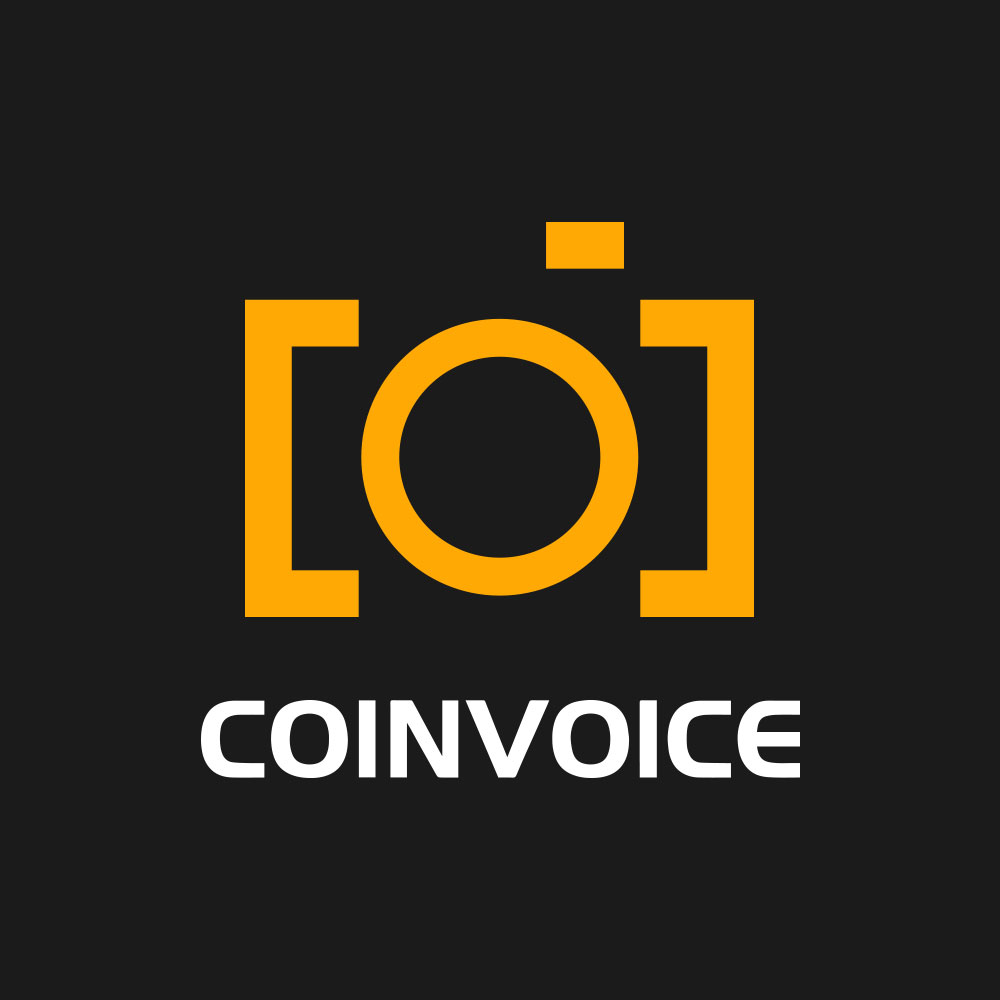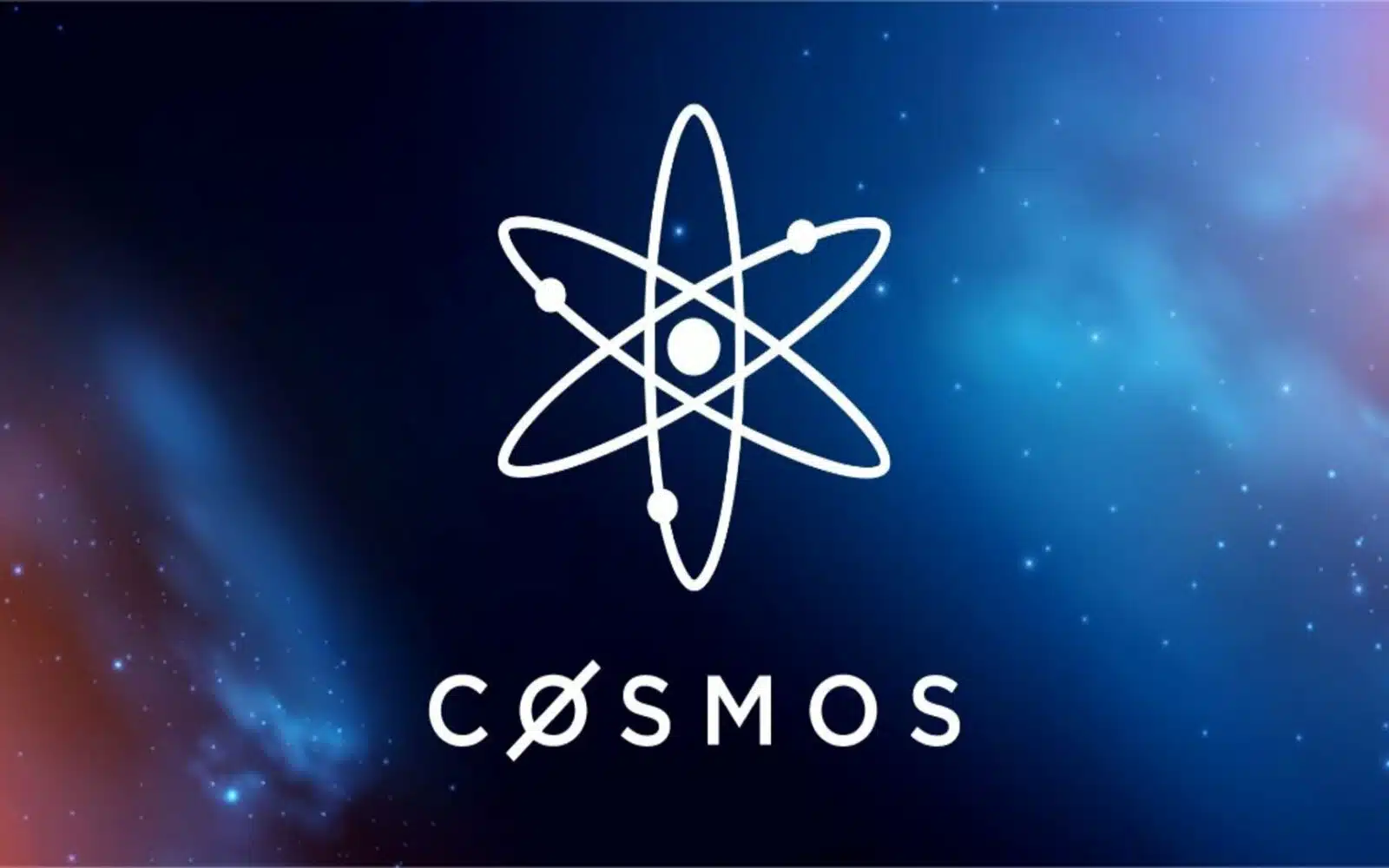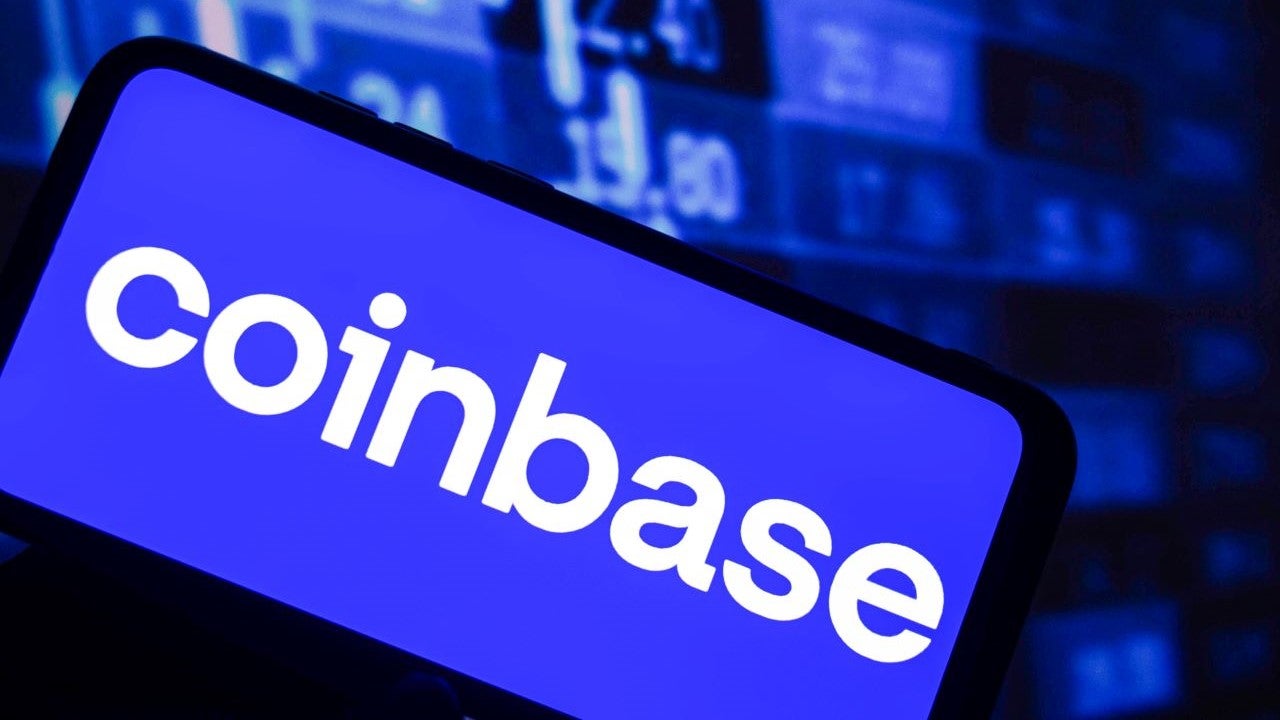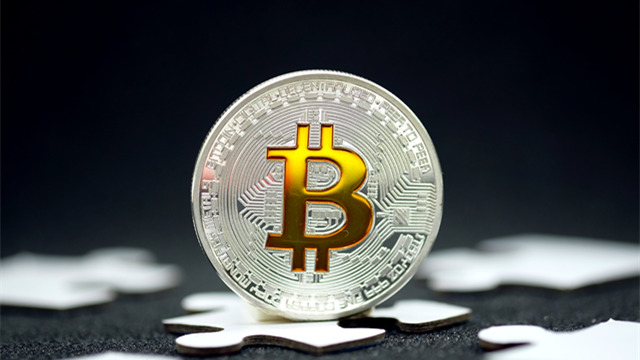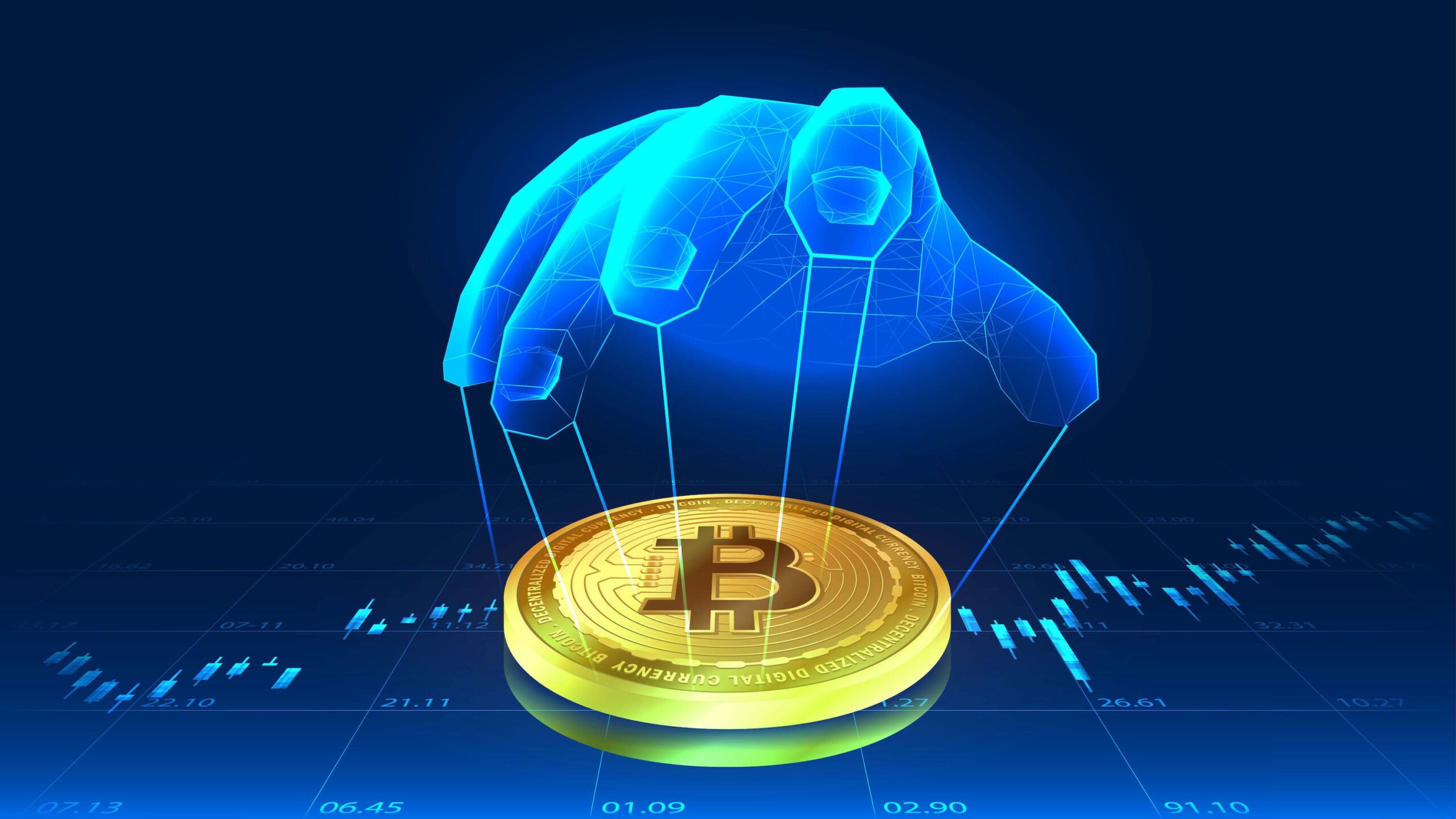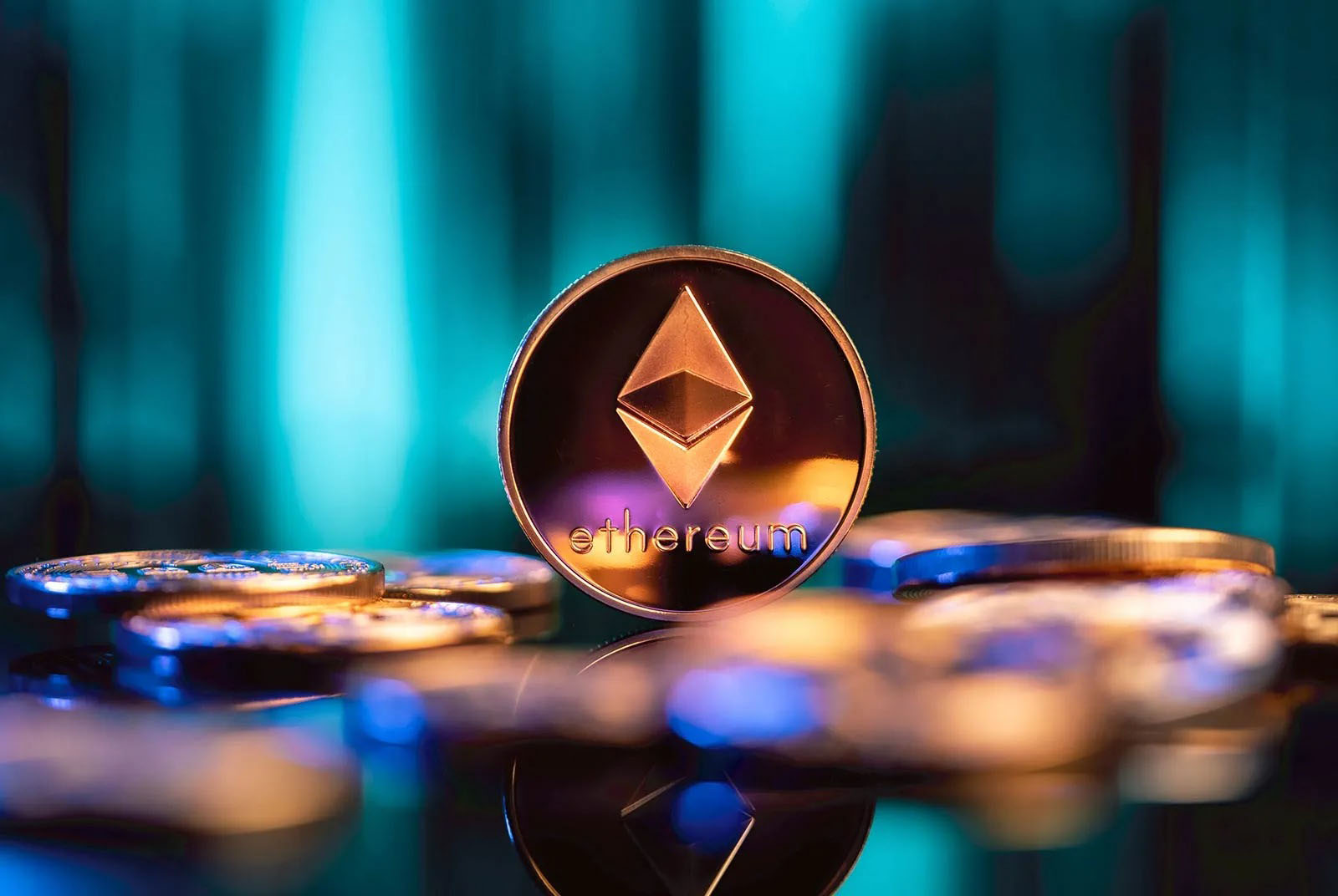Pump.fun's upcoming token launch could be one of the most closely watched events in crypto this year. Since 2024, the launchpad has been at the center of the memecoin mania, building what is arguably the most successful and polarizing retail funnel in the ecosystem.
Love it or hate it, Pump.fun has product-market fit.
Its permissionless token launchpad has generated staggering volumes, onboarding thousands of users and creators through its viral, gamified UX. Despite a broader cooldown in memecoin activity, Pump.fun has retained a strong moat and kept shipping with initiatives like PumpSwap.Year-to-date, Pump has maintained a median monthly revenue of ~$45 million, making it not only one of the most used platforms in crypto, but also one of the most profitable. As it prepares to launch $PUMP, the protocol stands at a key inflection point.The critical question is whether the team will treat this moment as a chance to build a sustainable, investable asset or opt instead for aggressive value extraction. Their track record has drawn scrutiny, but the opportunity remains.Either way, the R/R looks asymmetric.Let’s unpack the $PUMP bull and bear cases.
Agenda
- Metrics & Traction – Revenue, volume, and user base
- Team & Narrative Shift – Can they align with holders?
- Valuation – Cash, revenue, and P/E considerations
- Growth Catalysts – Airdrops, acquisitions, vertical expansion
- Key Risks – Execution, competition, and market structure
- Final Thoughts
Written by @YarlGLC
Key Metrics: More Resilient Than Anticipated
January’s memecoin euphoria, sparked in part by President Trump’s token launch, marked the absolute peak of activity across the sector. That month alone, Pump.fun generated a staggering $140 million in revenue. Shortly after, volumes across the memecoin market began to collapse and sentiment flipped.
Talk of “the end of memecoins” spread quickly.
And yet, Pump.fun has proven far more resilient than most anticipated.


The team: Can They Shift the Narrative?
Pump.fun has built one of the most profitable products in crypto, but the team behind it hasn’t earned the same level of respect. Critics see them as extractive, focused on capturing value without giving much back to the community. On top of that, many view memecoins as a drag on crypto’s credibility rather than a catalyst for growth.Still, their success is no accident. Speculation remains the beating heart of this industry, and Pump.fun is the first team to fully capture that demand with real product-market fit.
Now they have a chance to flip the narrative.
The upcoming launch of $PUMP is an opportunity to align with holders. It’s expected that part of the protocol’s revenue will go toward buybacks, but the exact percentage is still unknown.We’re not expecting a Hyperliquid-style model with 100% of revenue flowing back. That would juice short-term price action but hurt long-term sustainability. Pump isn’t an L1, and growth requires capital. A 50% revenue allocation toward buybacks seems more realistic, in line with Raydium or Jupiter.That’s competitive and still leaves room to reinvest in new business lines, acquisitions, or ecosystem expansion. Pump.fun is a young company with real growth potential. We’d rather see them target a ~10% annual dividend while using the rest to compound value over time.What matters more than the number is transparency. If the team wants to be taken seriously, they need to show how funds are used, including operating costs, capex, treasury plans, and governance structure.
Raising $1 billion requires real accountability.
If they deliver that, even modest buybacks can work. But if they fall back into silent, extractive behavior, the market won’t respond well.That said, even if they misstep, the downside appears limited. We’ll explore that next.
$PUMP Valuation
For this section, I won’t be presenting a full valuation framework as we usually do here at GLC. The reason is simple: we’re not experts in the memecoin space, and any attempt to model it would be highly subjective.That said, @defi_monk from Messari has already put together a solid valuation framework, and I’m comfortable relying on his assumptions. He’s a strong analyst and appears to take a more conservative than optimistic stance, which aligns well with how I like to assess these things.In his base case, Monk projects declining bonding curve volumes but increasing AMM activity, with annualized revenue reaching around $670M by 2027. These forecasts reflect broader onchain volume growth, a potential increase in market share over Raydium, and the benefits of vertical integration.
In my view, that outlook is more than realistic.
Of course, we can’t know exactly what the PUMP team has planned. That’s part of what makes this such an asymmetric opportunity. If revenue does reach that range, it’s hard to argue $PUMP is overvalued at a $4B FDV, especially with a P/E ratio around 12.
Growth Catalysts: Airdrop & Acquisition Engine
There are several reasons why $PUMP stands out as an asymmetric bet.First, it's clear to most in crypto by now that the Hyperliquid playbook is working. Build for your community, share revenue with them, and you'll be rewarded. Game theory strongly favors founders who follow the Hyperliquid model. With $PUMP launching now, fully in control of its supply, backed by a highly profitable business, holding $1B in cash, and positioned for a potential massive airdrop, it checks all the right boxes.The team has already generated hundreds of millions without even having a token. It’s safe to assume most team members have earned more than they ever expected, and they now hold all the cards to make $PUMP a long-term, successful asset.While it's difficult to model growth purely from airdrop speculation, one thing that’s far more tangible is the potential growth from vertical acquisitions. With its cash reserves and strong profitability, Pump.fun has the means to acquire businesses that align perfectly with its model.Jack Kubinec recently shared some thoughts in the Blockworks Lightspeed newsletter, and two of his proposed acquisition targets stand out as particularly smart plays for Pump’s growth strategy.1. Telegram trading bots (e.g., BullX):Telegram bots are heavily used by on-the-ground traders for sniping and copy-trading. These bots generate revenue by taking a cut of trading volume, Blockworks estimates at least $500M in annual revenue from Solana trading bots alone. Acquiring one of these bots would not only integrate well with Pump’s core product but also add a significant new revenue stream.2. DEX Screener:As Jack notes, another area where Pump loses users is in token discovery. Traders often rely on platforms like DEX Screener for real-time, data-rich analytics. DEX Screener also generates substantial revenue by charging memecoin projects for enhanced visibility. According to DeFiLlama, it’s made over $100M in the past year alone. A move to acquire a platform like this would give Pump more control over user experience and retention.These are just two examples of vertical integration that could strengthen Pump’s position, but there are many more possibilities. We believe Pump will actively deploy both its fundraising and operational cash flows to acquire businesses that expand its moat, drive diversification, and accelerate growth.With strong fundamentals, deep cash reserves, and a clear path toward vertical expansion, it seems very likely that Pump will evolve into a full-scale acquisition engine powering its next phase of growth.
Risks and Downside
Obviously, there are risks associated with Pump.fun.The first that comes to mind is competition. Everyone sees how profitable Pump’s business model is, and multiple teams are trying to capture market share, including Launchlabs, Believe App, Moonshot, and others.
One of them could eventually succeed in gaining traction.
Another risk is regulatory pressure. Pump has already faced some issues, and it’s fair to say that their current model doesn’t align well with regulatory expectations. Additional scrutiny is certainly possible.However, in my opinion, the biggest risk lies in how the team chooses to operate going forward. As mentioned earlier, for this launch to be viewed positively, the team needs to embrace transparency, consistent reporting, and proper alignment with token holders. If they fall back into patterns of extractive behavior or transfer value to insiders without clear communication, I don’t think the market will respond kindly.Right now, it seems the market is hoping the team follows the Hyperliquid playbook, treating the token as a long-term, community-aligned asset rather than a short-term extraction tool.
Even if the team doesn't meet those expectations, I believe the downside could be capped, perhaps around -50%, assuming onchain volume holds steady.
Of course, broader market shifts could change things. Still, I find it hard to believe that a company with $1 billion in cash and $500 million in annual revenue would trade below a $2 billion valuation for long.
Final Thoughts
Pump.fun has positioned itself at the intersection of crypto speculation and onchain infrastructure. While the memecoin narrative remains polarizing, the platform has demonstrated clear product-market fit and has become one of the most profitable and widely used applications in the space.The upcoming launch of $PUMP is a critical moment. Beyond being a high-profile event, it represents a broader test:
"Can the team transition from a closed, extractive model to one that is more transparent, aligned with token holders, and focused on long-term sustainability ?"
If so, $PUMP has the potential to evolve into a more enduring asset within the ecosystem.At the same time, long-term success will likely depend on the team’s ability to diversify beyond the memecoin sector. Competing with more established platforms like Jupiter as a broader onchain “super app” will require continued product development, deeper integrations, and strategic acquisitions. This is speculative, but the foundation is there.This report has focused specifically on the asymmetric opportunity at launch, given current fundamentals and market expectations. With ~$500M in annualized revenue, $1B in cash reserves, and flexibility around token supply, the $4B FDV does not appear excessive, provided the team follows through with a credible, investor-aligned strategy. Additionally, as demand grows for direct exposure to memecoin infrastructure, $PUMP may attract premium valuations.To be clear, we don’t typically focus on the memecoin sector, nor do we consider it a core area of expertise. However, from a financial perspective, $PUMP appears reasonably valued at launch if the team takes the right steps. Given its current cash flow and balance sheet strength, the downside risk also looks somewhat limited, unless macro conditions or onchain activity deteriorate significantly.In short, $PUMP is a high-risk, high-reward opportunity with some clear potential drivers of growth and what looks like limited downside in the near term. Even though we’re usually cautious with this kind of sector, it’s a strong example of an asymmetric setup that’s worth paying attention to.
Written by @YarlGLC
